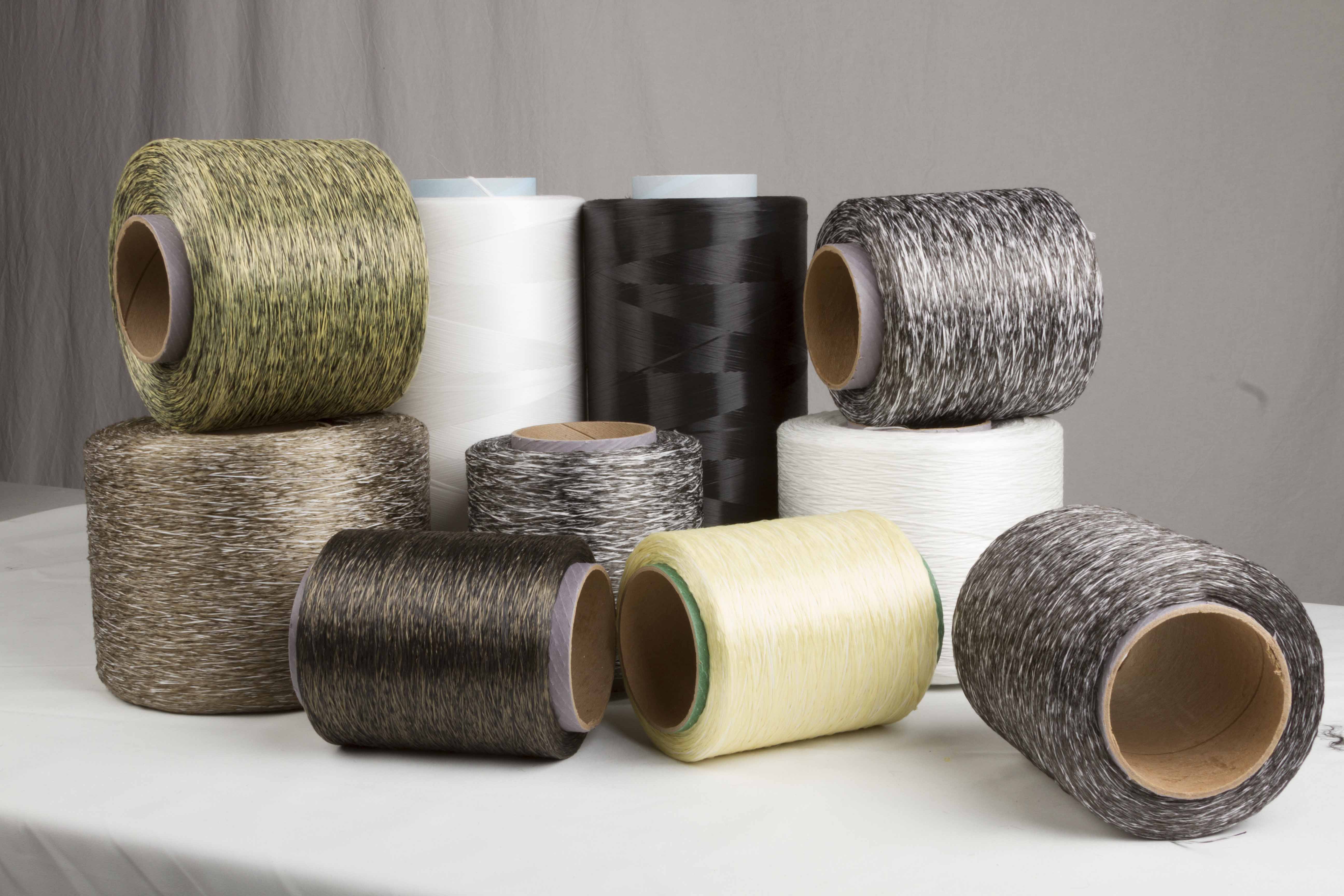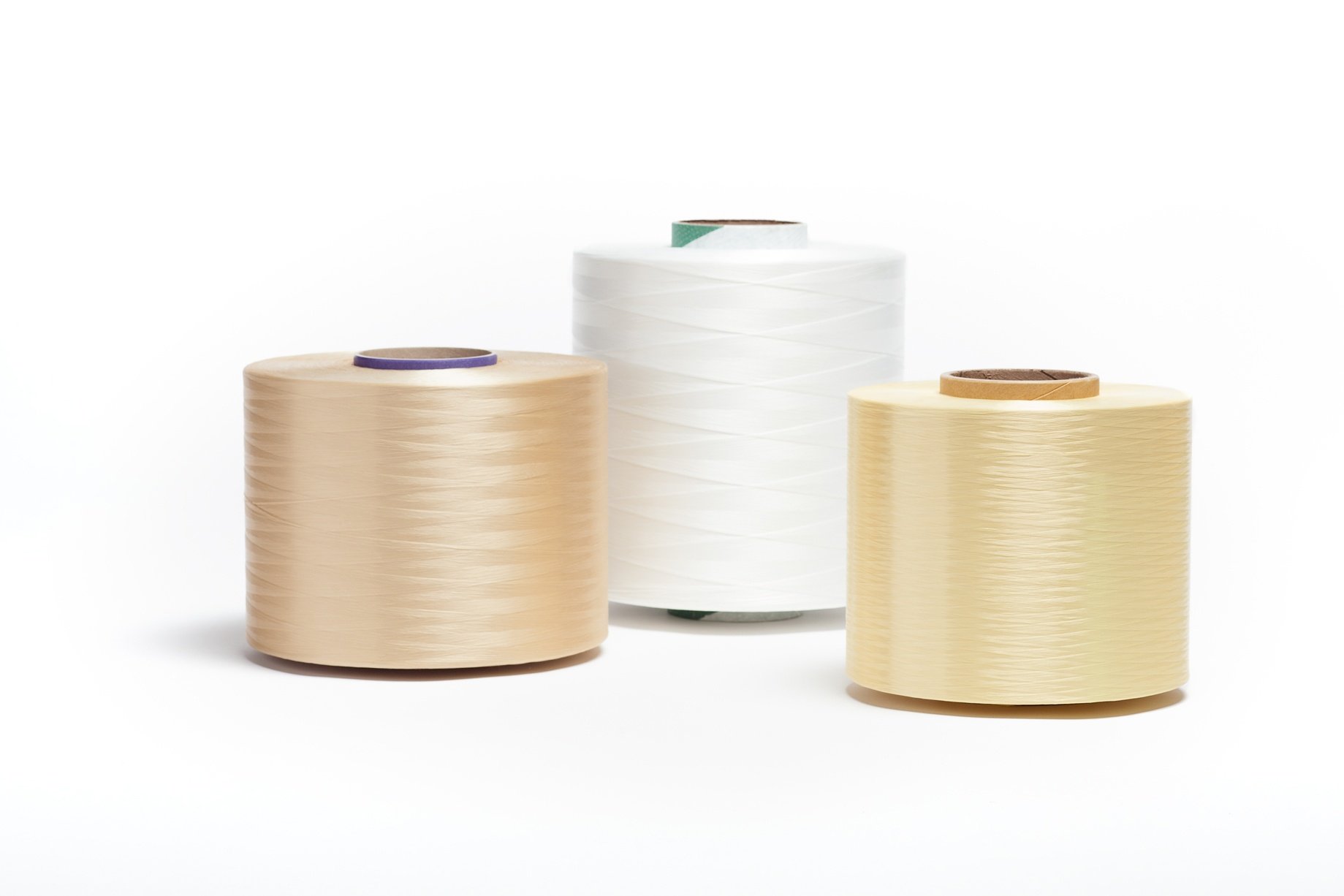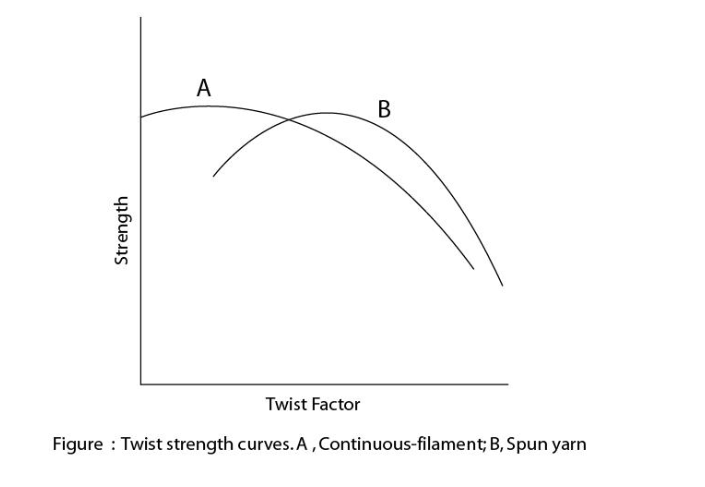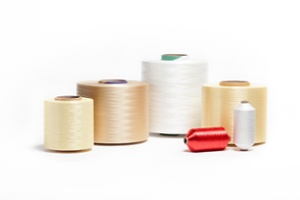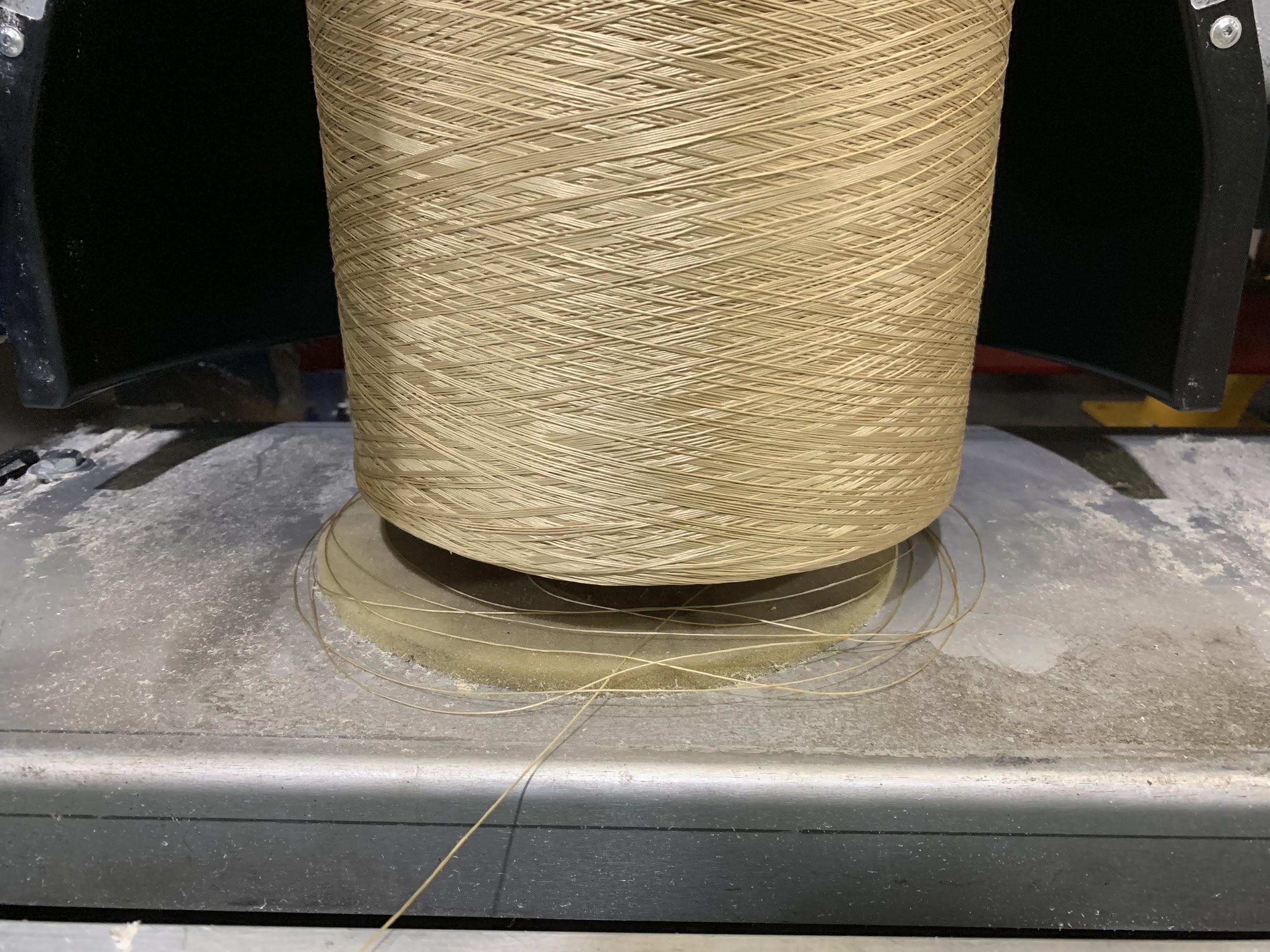- By Service Thread
- 12/11/19
- 0 Comments
- By Service Thread
- 12/03/19
- 0 Comments
The video above features untreated continuous multifilament polyester thread on the left, which burns vigorously once ignition temperature is reached, melts, emits black smoke and drips. Untreated aramid yarn on the right burns with difficulty because of high LOI. The flame extinguishes when the heat source is removed. Aramid does not melt but decomposes showing signs of thermal degradation.
Read more- By Service Thread
- 11/05/19
- 0 Comments
The video above features NeC 8/4 staple spun polyester. The untreated thread on the left burns vigorously once ignition temperature is reached, melts, emits black smoke and drips. The treated thread on the right melts and drips, however, resists combustion and flaming, therefore, smoke is greatly reduced, retardant has done its job.
Read more- By Steve Zande
- 09/30/19
- 0 Comments
We sat down with Jen Hanna, the director of business development at Innegra™, to discuss the benefits of Innegra™ and how it can be put to the best use in a variety of applications. It’s a relatively new material to the market and many Service Thread clients have requested more information about it.
Read more- By Service Thread
- 09/17/19
- 0 Comments
Ohm values vary for different industrial yarn and threads. Your choice depends on your specific application - do you need conductivity or static dissipation in your process or product?
Read more- By Eric Shippee
- 08/27/19
- 0 Comments
Meta-aramid and para-aramid fibers may be similar, but they have some significant differences. To better understand these differences, let’s look at the physical properties of each of these and see how they compare to a commodity high tenacity polyester.
Read more- By Service Thread
- 08/09/19
- 2 Comments
To understand twist contraction, think about a ship’s mooring rope. It’s a large, thick rope with thousands of yarns braided and twisted inside. Try to lift a section of the rope, and you’ll find it’s quite heavy.
Read more- By Eric Shippee
- 07/23/19
- 0 Comments
Industrial yarns and threads are made of various fiber types and sizes which aresupplied on a wide range of package sizes with different lengths and yields. Most products are ordered by the pound, which may leave you wondering, “How long is it?” It’s important to understand the length and yield of your products to help improve your processing efficiency and waste reduction.
Read more
The video above features untreated continuous multifilament polyester thread on the left, which burns vigorously once ignition temperature is reached, melts, emits black smoke and drips. Untreated aramid yarn on the right burns with difficulty because of high LOI. The flame extinguishes when the heat source is removed. Aramid does not melt but decomposes showing signs of thermal degradation.
Read moreThe video above features NeC 8/4 staple spun polyester. The untreated thread on the left burns vigorously once ignition temperature is reached, melts, emits black smoke and drips. The treated thread on the right melts and drips, however, resists combustion and flaming, therefore, smoke is greatly reduced, retardant has done its job.
Read moreWe sat down with Jen Hanna, the director of business development at Innegra™, to discuss the benefits of Innegra™ and how it can be put to the best use in a variety of applications. It’s a relatively new material to the market and many Service Thread clients have requested more information about it.
Read moreUnderstanding Ohm Values in Conductive Yarns or Yarns for Static Dissipation
- By Service Thread
- 09/17/19
- 0 Comments
Ohm values vary for different industrial yarn and threads. Your choice depends on your specific application - do you need conductivity or static dissipation in your process or product?
Read moreMeta-aramid and para-aramid fibers may be similar, but they have some significant differences. To better understand these differences, let’s look at the physical properties of each of these and see how they compare to a commodity high tenacity polyester.
Read moreTo understand twist contraction, think about a ship’s mooring rope. It’s a large, thick rope with thousands of yarns braided and twisted inside. Try to lift a section of the rope, and you’ll find it’s quite heavy.
Read moreIndustrial yarns and threads are made of various fiber types and sizes which aresupplied on a wide range of package sizes with different lengths and yields. Most products are ordered by the pound, which may leave you wondering, “How long is it?” It’s important to understand the length and yield of your products to help improve your processing efficiency and waste reduction.
Read more

